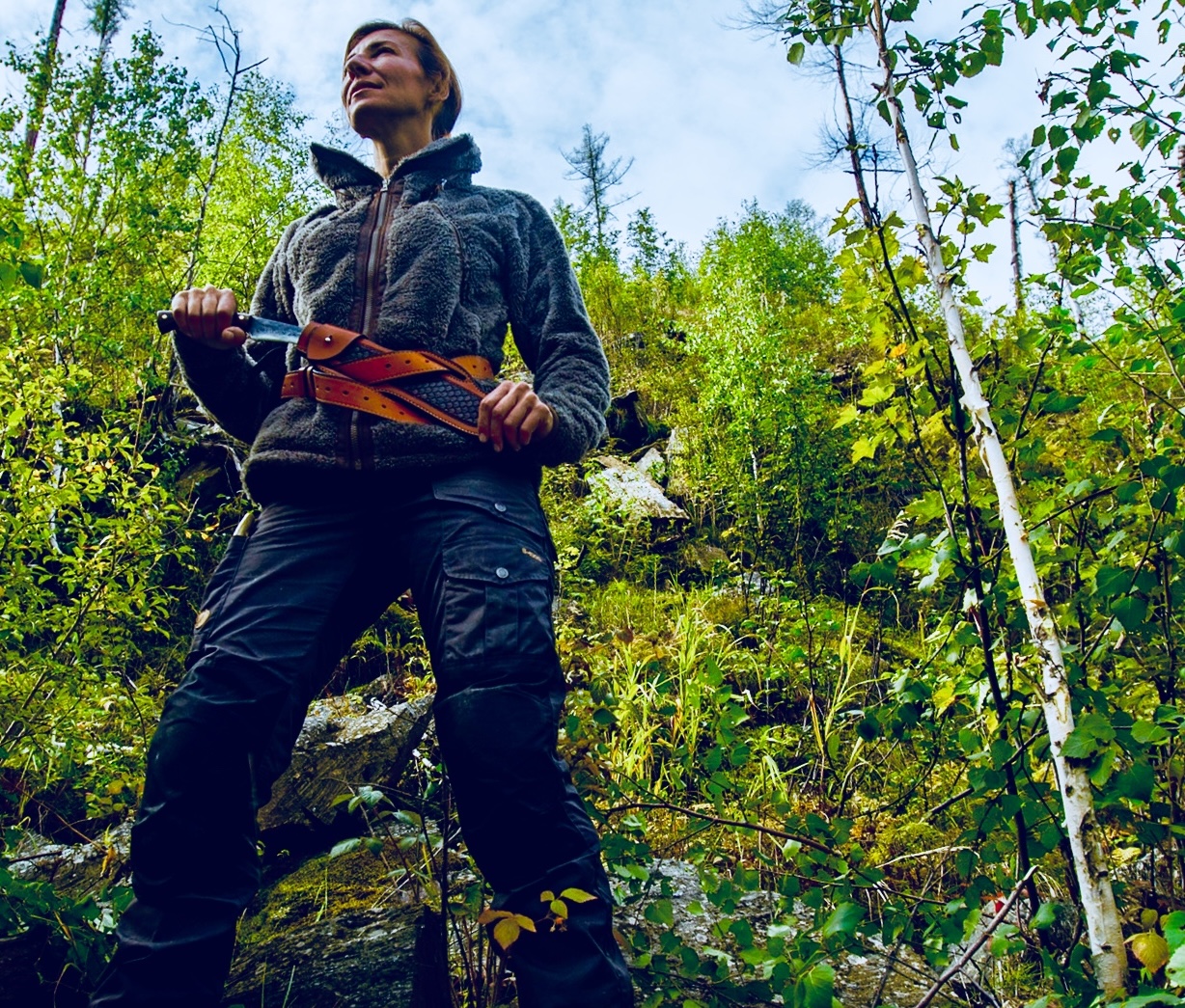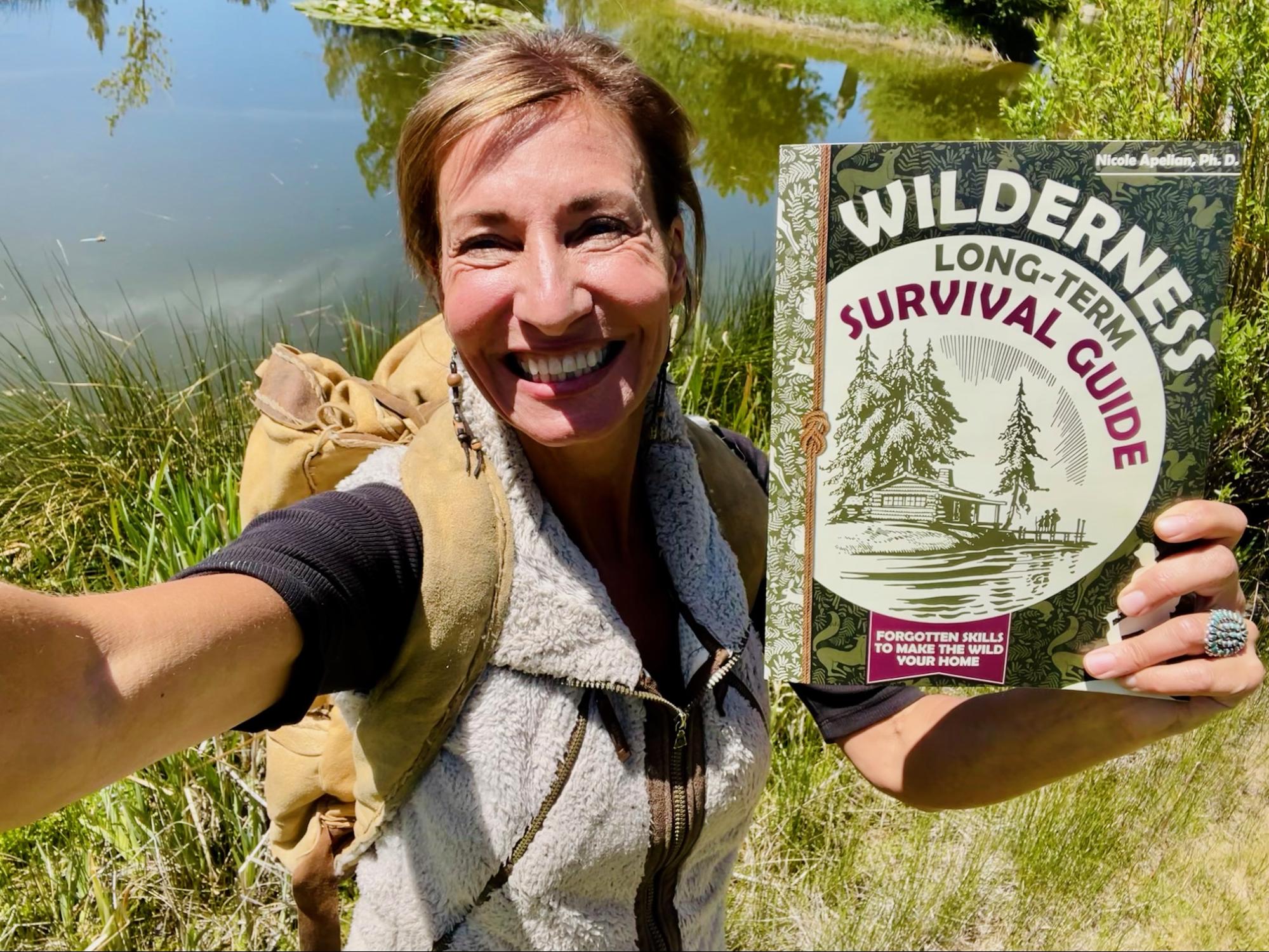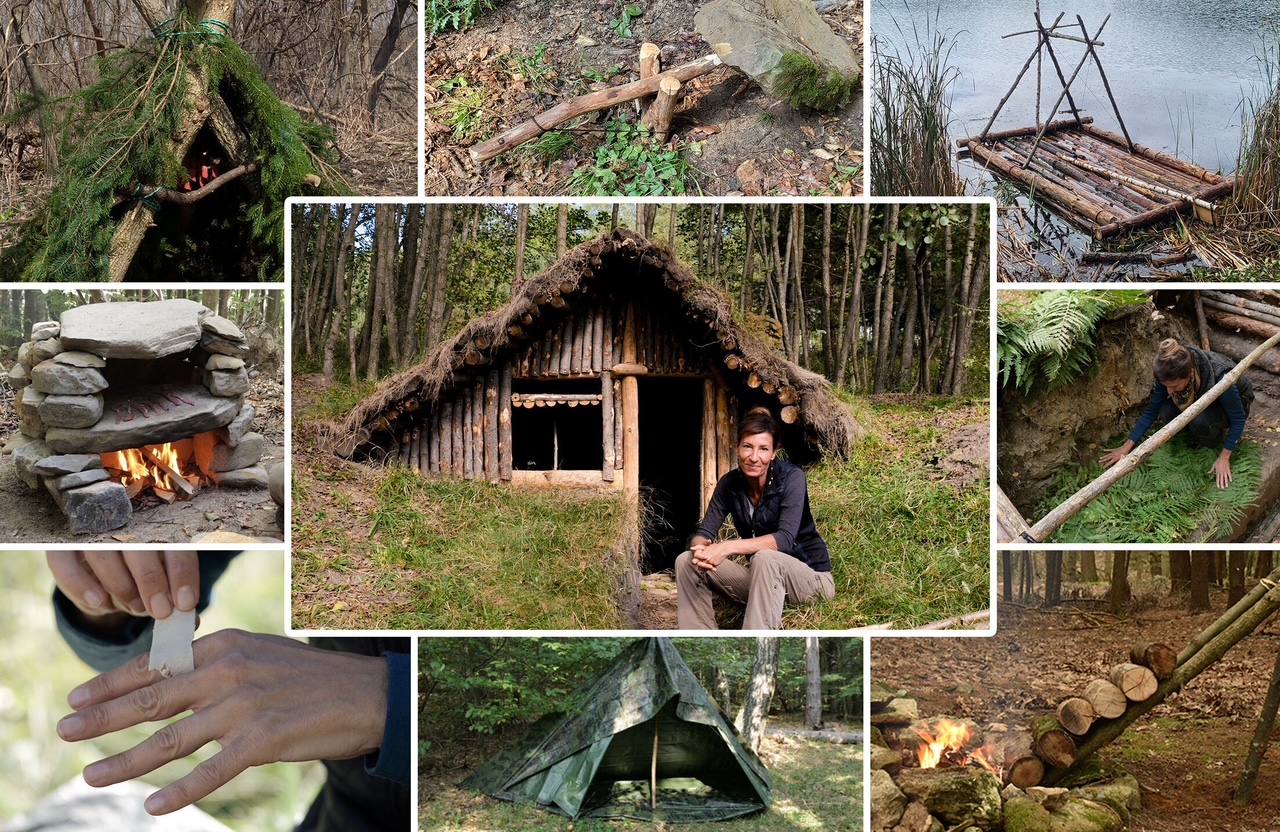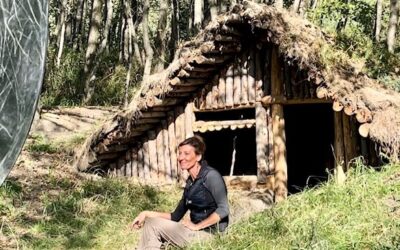From Rain to River: Essential Water Skills for the Outdoors
Continuing with our wilderness survival series following my post on the art of shelter building, we now dive into the next important consideration for spending time in the wilderness: water. Here we explore different collection types, from creating a cache to capturing water from rain and plants to purification and safety. Let’s dive in!
Storage
If you spend extended time in the wilderness, establishing your water supply is crucial and more involved than simply finding a freshwater stream. Creating a cache to store your water is the first step. This can be anything from a natural birch bowl, the stomach of an animal, hollowed-out rinds of fruit, or a tarp/storage container you brought with you.
Cleaning your containers daily is crucial to avoid bacterial contamination. If you are using animal stomachs or fruit shells, make sure to scrape the inside thoroughly to reduce bacterial growth. I like to add usnea lichen or chaparral to my water caches as they are anti-microbial.

Collection
Merely setting out containers to collect rainwater is inefficient and will lead to very little accumulation. This is why I always keep a tarp in my survival kit. It has many uses — one of which is setting it up as a shelter that also collects rainwater. Here’s how:
- Connect the main points of the ridgeline between two trees or high points.
- Stake out the four corners, trying to keep them 1 to 2 feet (30 to 60 cm) off the ground.
- Using a cord or weight, pull down the center of the two sides to a lower point than the corners.
- Place a collection container at each point, collecting water from both sides of the shelter.

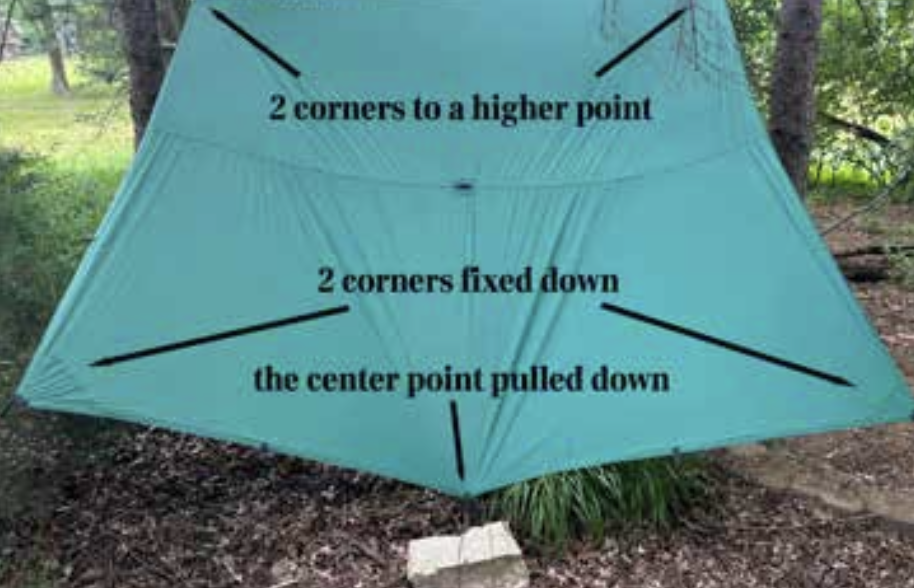
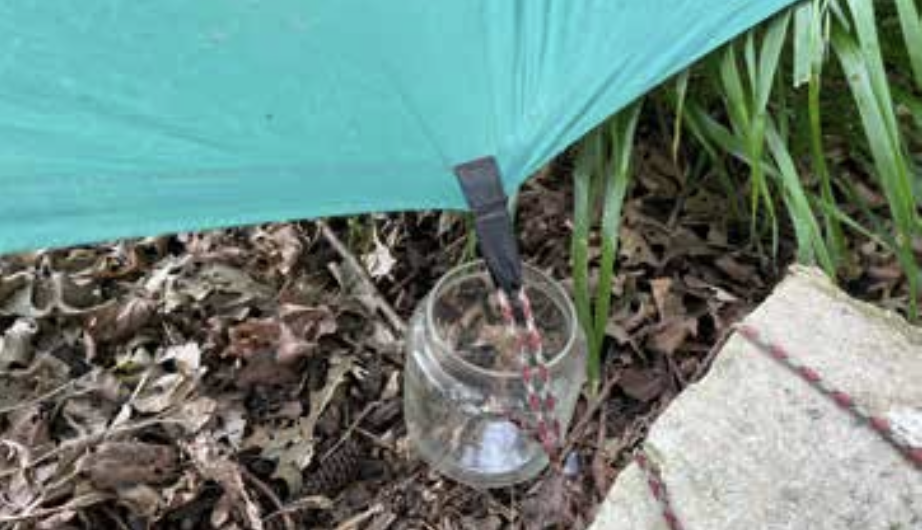
This is an ideal setup if you have large storage containers and want to collect water overnight. If possible, set up a third storage cache that’s large enough to empty the two collection containers throughout the night as you wake up. This system is fantastic for collecting a significant amount of water while you sleep. If your tarp is large enough, you can also create a water cache by using part of the tarp itself, along with rocks, a stump, or any other suitable object that allows you to make a sloped container to store water.
If you do not have a tarp on hand, extra clothing or fabric can be used to soak up rainwater and then wrung into a container.
COLLECTING WATER FROM PLANTS
If it hasn’t rained in a while, there are plenty of other ways to collect water. One example is collecting it from plants. All you need is a trash bag or plastic, a string, and a collection container.
- Find a branch of a tree with a high concentration of leaves.
- Place the branch inside a garbage bag, or any other waterproof material, and tie the end as securely as possible around the branch to prevent any evaporation.
- Tie a string from the branch to a weight or anchor in the ground to lower the collection site. You may also place a small rock inside the bag to lower it.
- To collect over time, put a small hole in the bag at its lowest point and place a collection container below that point. This will collect the water as it comes out of the leaves. Alternatively, leave the bag intact and collect it when there is a significant amount of water present in the bag.
The advantage of this form of water collection is that it’s some of the cleanest, purest water available in the wild as it has passed through the entire tree after being filtered through the soil to then transpire into your collection point.
Tapping birch and maple trees is another option and an excellent source of hydration as they can provide gallons of sap a day when tapped correctly. See my Long-Term Wilderness Survival Guide for full instructions.
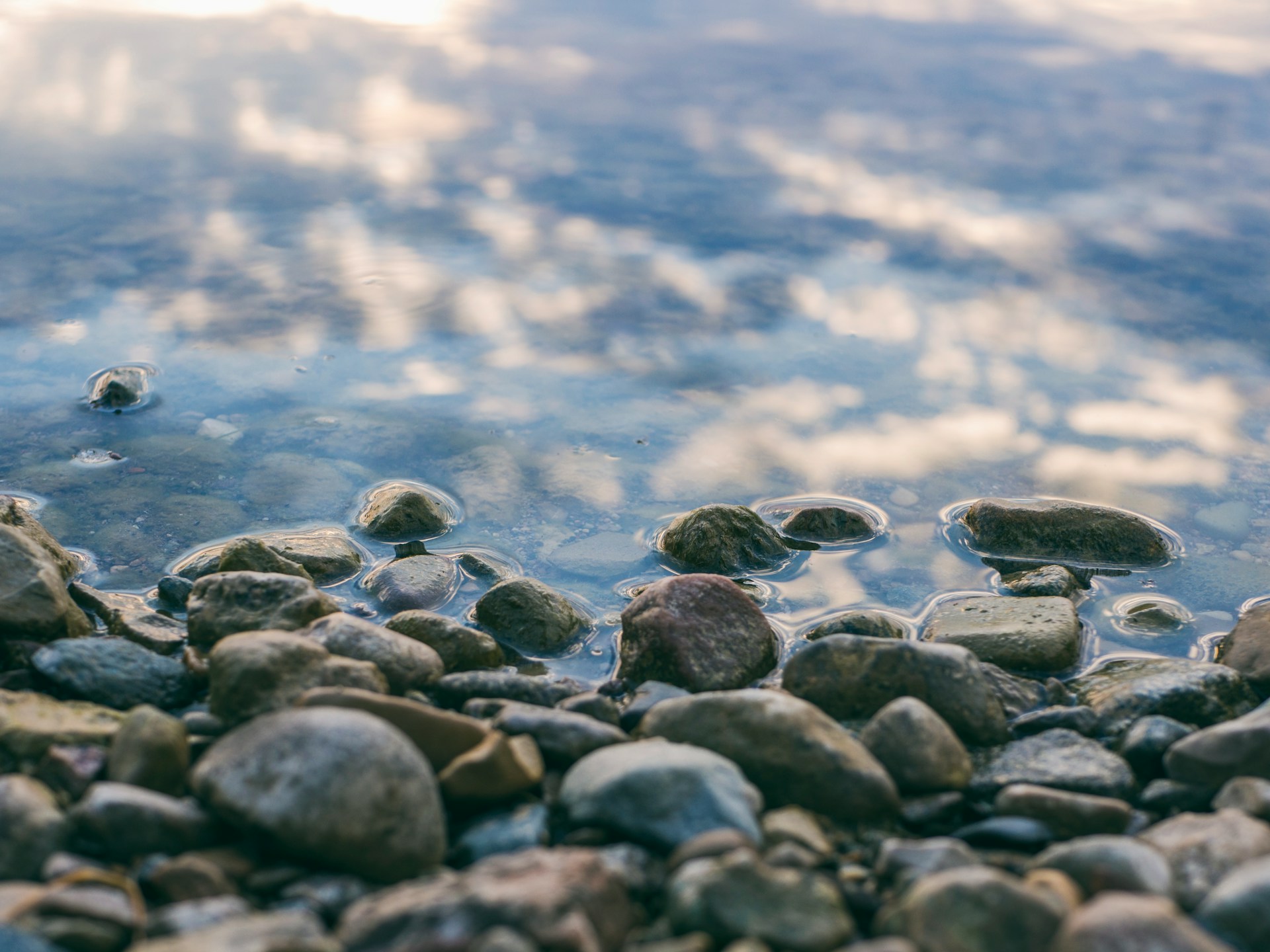
Purification
Untreated water in the wild can cause you to become quite sick from harmful viruses, pathogens, and bacteria — so it is extremely important to pre-filter and purify your water.
For pre-filtering, the easiest method is to pour it through thin fabric into a container to filter debris. Next is purification. There are four methods to choose from that involve scavenged materials: boiling, solar still, activated charcoal water filter, and sphagnum moss for a quick drink. Down below I will cover the details for creating a solar still and basic instructions for using moss. Please see my wilderness guide for creating and using activated charcoal, as well as how to use the rock boiling method.
I always recommend being prepared and keeping a DIY purification kit in your pack that includes a metal cup, a single-walled stainless steel water bottle, a steel pot, a plastic sheet, a plastic water bottle that can be cut, and activated charcoal. Iodine tablets are helpful for emergencies.
SOLAR STILL
Solar stills are an excellent option for both water collection and purification. They are particularly useful in regions where water sources are scarce or non-existent. To utilize this method, you’ll need a shovel or stick to dig a hole, a container to hold the water, and a plastic sheet to cover the hole.
- Start by digging a hole 1-2 feet (30-60 cm) deep.
- Place some green grasses, moss, or wet leaves at the bottom of the hole. If you have any unclean water, you can drip some over this layer of debris.
- Place the container that will hold the water in the middle of the hole.
- Cover the top of the hole with the plastic sheet, and place a rock in the middle of the sheet, so that it angles toward the cup.
- Leave it alone for the day and check it as the temperature drops.
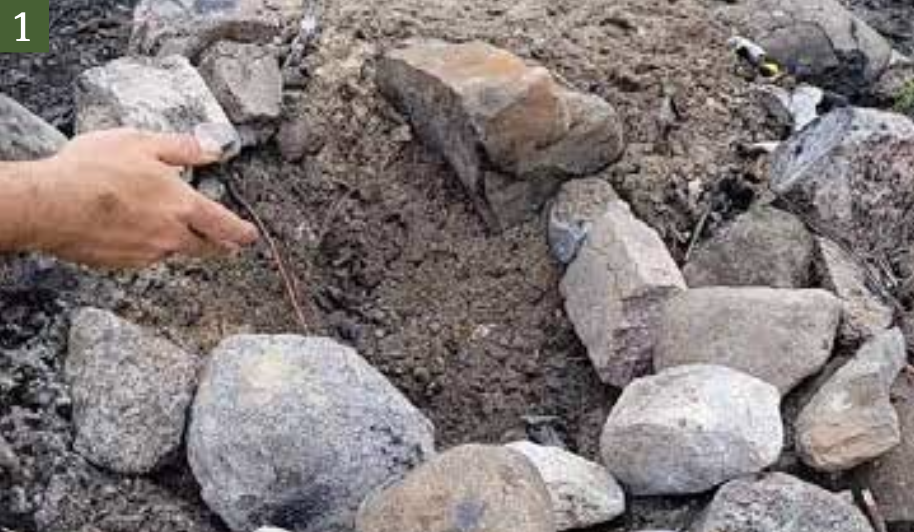


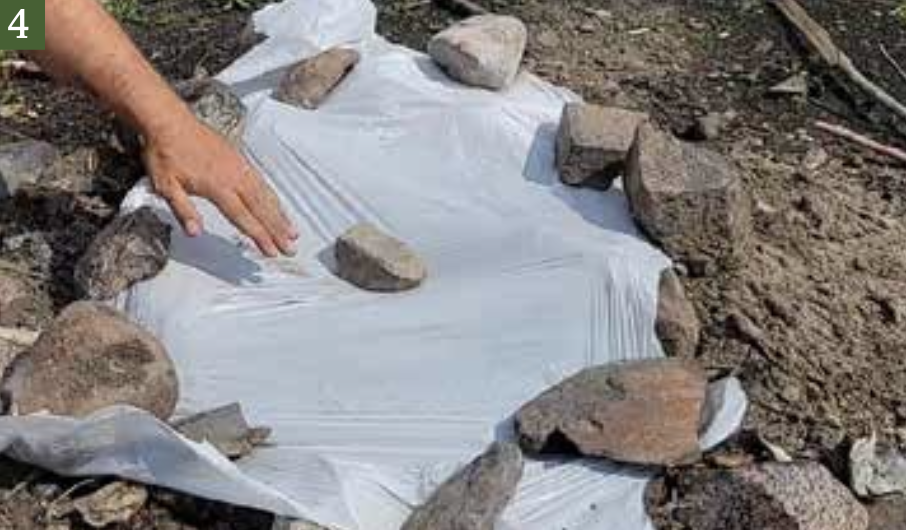
As the sun’s rays penetrate the plastic sheet, it raises the temperature within the hole. All the moisture present will eventually evaporate and be captured by the tarp. Upon contact with the tarp, the moisture cools down, condenses, and then drips back into the water container. Since only the water evaporates it will be purified, although it may not be entirely clear.
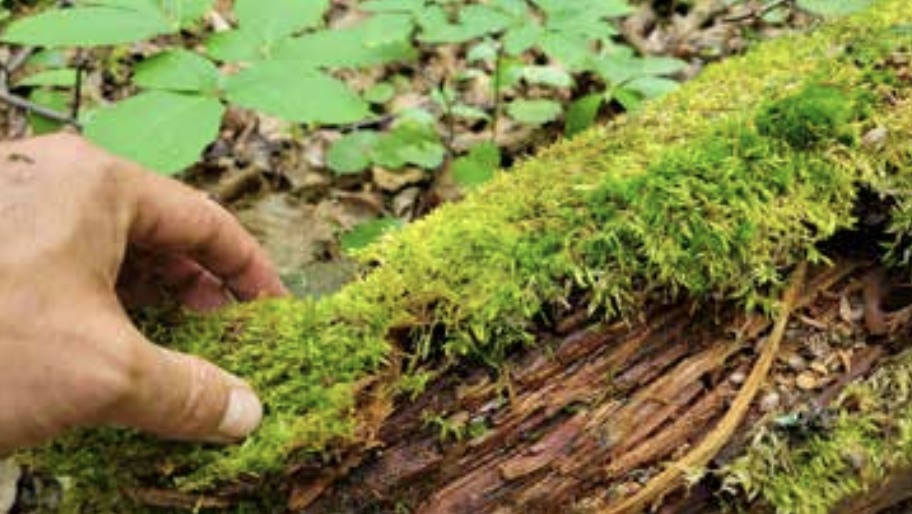
USING MOSS FOR A QUICK DRINK
If you’re seeking a quick drink without the hassle of constructing a filter or boiling water, consider using moss. Sphagnum moss is known for its exceptional moisture-retaining properties. What’s more, it contains iodine — which is commonly used in water filtration products due to its antiseptic qualities.
Locate some clumps of sphagnum moss, peel a section of it off, and then gently squeeze it using your thumb to direct water into your mouth. With any luck, you should be able to obtain a small stream of fresh water. This method is an excellent option for a quick drink, especially when the surrounding area has recently experienced rainfall. Best to use moss from trees as it will be less likely to contain any animal droppings.
Why My Survival Guide is Essential
Whether you are new to survival methods or a seasoned veteran, my Wilderness Long-Term Survival Guide has something for everyone. This isn’t your ordinary survival manual — it’s a comprehensive guide to crafting a second home in the wilderness. It covers eight essential sections, including: location; shelter-building; water and fire; food and foraging; wilderness basic first aid; crafting in the wild (knots, weapons, pottery, tools, oven, cordage); and safety.
Keep it in your pack and you will be well-prepared for emergencies without the need for excessive gear, knowing you can thrive in nature for extended periods of time.
EXCEEDED MY EXPECTATIONS!
“I’ve bought and read a lot of books in the past years and I was never really happy with the content. There was always something missing. But this one exceeded my expectations. It has everything I could want in a book about survival in the wild. I even took it with me on my last one-week hiking trip and I made one of the shelters from the book based only on the pictures and instructions inside. I slept like a baby in it.” -Amazon Customer
Life is unpredictable, so don’t wait for a crisis to strike. Secure your copy of my Wilderness Long-Term Survival Guide today and be prepared for any situation. Whether you’re facing a crisis or simply want to enjoy nature safely and worry-free, this book is a game-changer.
*If you live in Europe, you can find your book link here.
Next up in my Survival Series: Food. Stay tuned!
Nicole Apelian
Online Wilderness Survival Academy
Seeking hands-on instruction? My online Wilderness Long-Term Survival Academy is for you!
With each class you complete in the Academy, you’ll become more self-sufficient. No matter where life takes you, the skills you master in the Academy will always be on hand.
Best of all, you can complete the course at your own pace — in a 3-day marathon, over three weeks, or even a few months. It’s entirely up to you. Or you can jump straight to the course about a specific project or subject that interests you right now.
My Wilderness Long-Term Survival Academy is NOT a subscription. You pay once and you and your family will have access to it for life, from your mobile phone, your tablet, your laptop, or TV. And you can access it from anywhere in the world. Get started by tapping here today!

